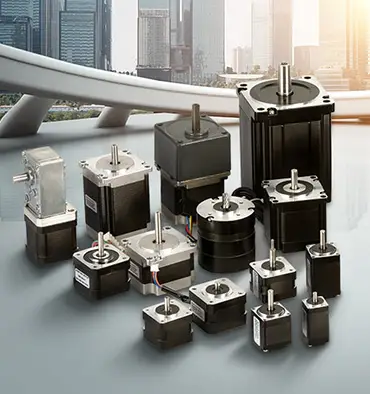How do you control a step motor?
Stepper motors are motors that rotate in small, precise steps, rather than continuously as other types of motors do. This makes stepper motors ideal for applications that require precise control of motion, such as robots, CNC machines, and other industrial equipment. In this article, we will discuss the various methods used to control stepper motors and their advantages and disadvantages.
Stepper motor control methods
- The most common method used to control stepper motors is pulse width modulation (PWM). This method consists of applying a series of electrical pulses to the motor, each of which moves the motor one step. The frequency and duration of the pulses determine the speed and direction of the motor.
- Another method of controlling stepper morors is to use a microcontroller. A microcontroller is a small computer that can be programmed to control a motor. The microcontroller sends electrical signals to the motor to make it move in a specific direction and speed. This method is more complex than PWM, but it allows for more precise control of the motor's motion. Another technique is to use a driver, which is an electronic device that receives signals from the controller and translates them into precise motor motion. Drives can be used in combination with microcontrollers or PWMs to provide more precise control and higher torque output. They also protect the motor from damage by limiting the amount of current flowing through the motor.
- A fourth method used to control stepper motors is to use closed-loop control. In this method, sensors are used to measure the position and speed of the motor and provide feedback to the controller. This allows for more accurate control of the motor motion and can compensate for external factors, such as friction and load variations. However, this method is very complex and costly.
Conclusion
In summary, there are several methods available for controlling stepper motors, each with its advantages and disadvantages. PWM is the most straightforward and inexpensive method, while microcontrollers and drivers provide more precise control. Closed-loop control is the most advanced and accurate method, but is more costly. The choice of which method to use depends on the specific application and the level of control required.


Leave a Reply